Escape from the city: The Cotswolds v the Hamptons
Jay Gatsby frequented one, Kate Moss the other, but what makes these rural hotspots so desirable?
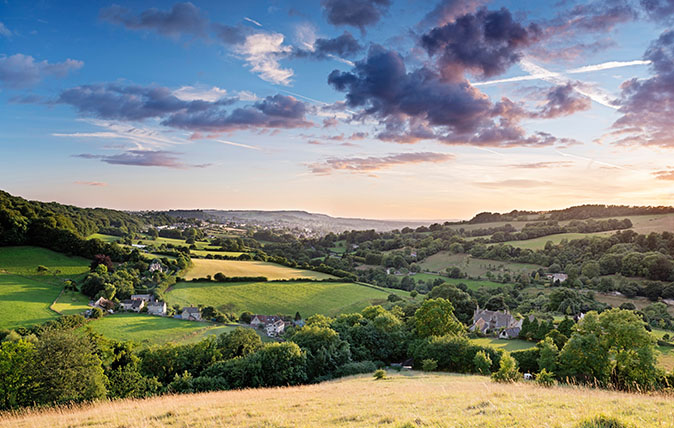

The quintessentially English Cotswold landscape, dotted with villages of honey-hued stone houses and gently rolling hills, lies in sharp contrast to the tree-lined avenues of clapboard houses overlooking stretches of white-sand beaches in Long Island’s eastern shore. However, both provide a rural tonic for busy City financiers, fund managers, entrepreneurs and Hollywood stars.
The villages that make up the Hamptons have been fashionable since the end of the 19th century; prior to that, it was largely home to a farming community that cultivated potatoes in the fertile soil.
In the 1970s, the popularity of the Hamptons soared and, since then, it’s been a hotspot for successful Manhattanites escaping the sweltering heat of the New York City summer.
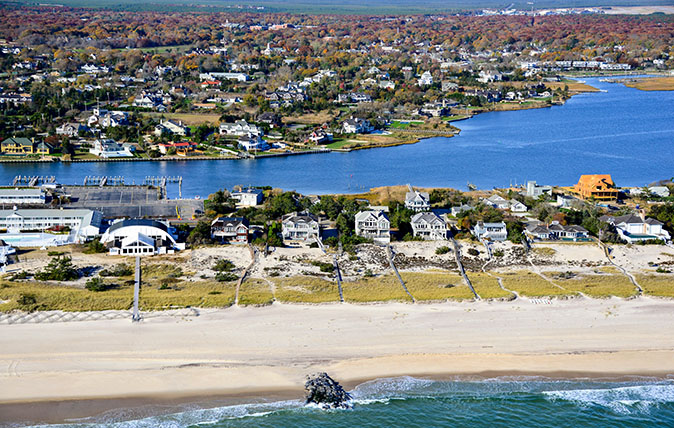
Every Friday from Memorial Day Weekend to Labor Day, the great and the good head out by car, coach, train or, for those who can, helicopter. Except for the lucky few, it’s a time commitment, as, if traffic is bad, the journey can take four hours-plus – not that it puts many off.
There’s an old saying, observes Jason Mansfield, US sales manager for Knight Frank: ‘You don’t know how many friends you have until you own a home in the Hamptons.’
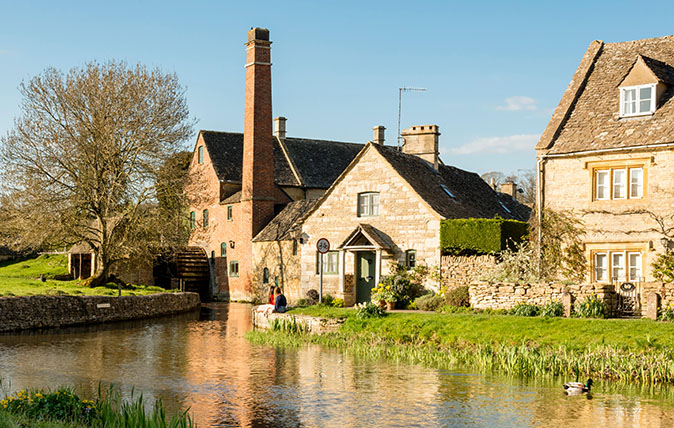
Far from being a fashionable summer holiday destination, the Cotswolds’ attractive landscape, pretty houses, good schools and proximity to London – just 80 miles to the north-west of the capital – mean it’s long been on the radar.
However, its fashionable status really took off in the 2000s, when hedge funders and City financiers ‘discovered’ Notting Hill, believes Jonathan Bramwell of The Buying Solution.
Exquisite houses, the beauty of Nature, and how to get the most from your life, straight to your inbox.
‘The easy drive down the A40/M40 to Chipping Norton and its environs encouraged those in search of a weekend retreat to settle there, especially after the opening of Lady Bamford’s farm shop, Daylesford, in 2002.’
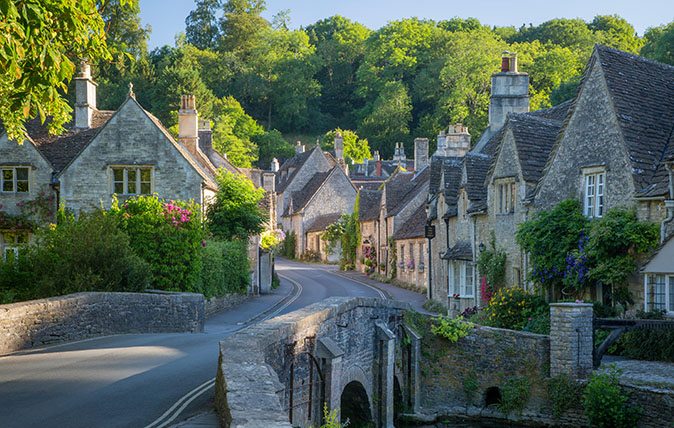
The influx of metropolitan tastes and money led to a growth of gastro pubs, country-house hotels, spas and further farm shops. Its status as a cool country destination was cemented with the opening of Soho Farmhouse in Great Tew in 2015, along with a slew of summer festivals such as Wilderness and Cornbury.
Social life in the Hamptons, by contrast, revolves around fundraisers, parties with all-white dress codes, smart delis and barbecuing s’mores on the beach – all of which attract a range of people. That’s the perennial charm, says Mr Mansfield. ‘It has the mix of old and new money, Congressional politicians and lobbyists, A-list and D-list actors, surfers and celebrity artists.’
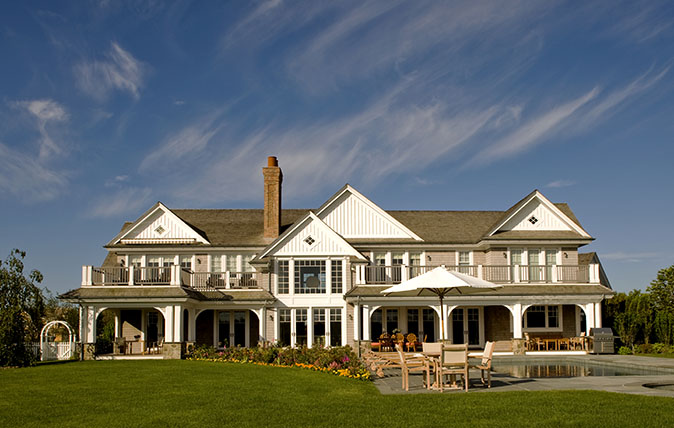
Luke Morgan of Strutt & Parker muses on the parallels: ‘They’re two markets full of large country houses, many owned by celebrities and the wealthy. They are the crème de la crème of what that country has to offer.’ There is a key difference, however: seasonality.
Although hardcore Hamptonites visit year-round, the main season is summer. The Cotswolds has no such window. ‘The Hamptons in February is like a black-and-white photo,’ says Lindsay Cuthill of Savills’ country-house department. ‘Owners have to wrap their box [hedges] in sacking to protect it from hard winters; the Cotswolds is always green.’
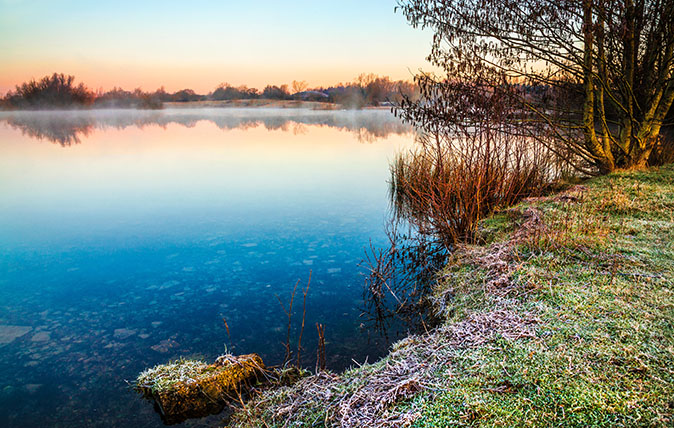
Bruce Tolmie-Thomson, who heads up Knight Frank’s Cotswolds region, adds that the Cotswolds have a lot more to offer for year-round living, too. ‘The geographical size of the Cotswolds is vastly bigger than the Hamptons. It’s a destination with things to do – theatre and museums in Bath, Cheltenham and Stratford and plenty of towns and villages to visit. Although there’s no sea frontage, there are plenty of watersports on lakes as well as fishing, shooting and riding throughout the winter.’
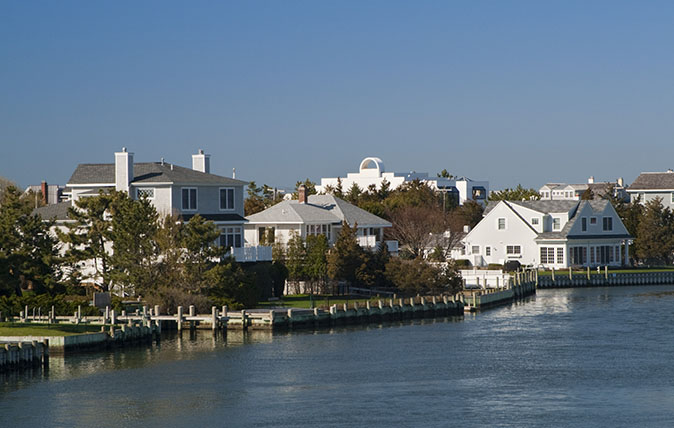
As a result, people come to the Cotswolds, fall in love and end up buying, says Mr Tolmie-Thomson. With train links into London taking just an hour from Banbury, and some areas boasting faster internet than London, people can work two or three days a week from the Cotswolds.
‘Most of our buyers have London origins – often they’re upsizing to embed themselves into the countryside and get their children into the schools,’ explains Mr Tolmie-Thomson. ‘No one is going to move to the Hamptons for the schools.’
Market-wise, prices are broadly stable in the Cotswolds. ‘Something to which buyers can add value, painting their own canvas, is attractive, as is something that’s completely finished – anything in the middle is trickier,’ believes James Walker of Savills.’
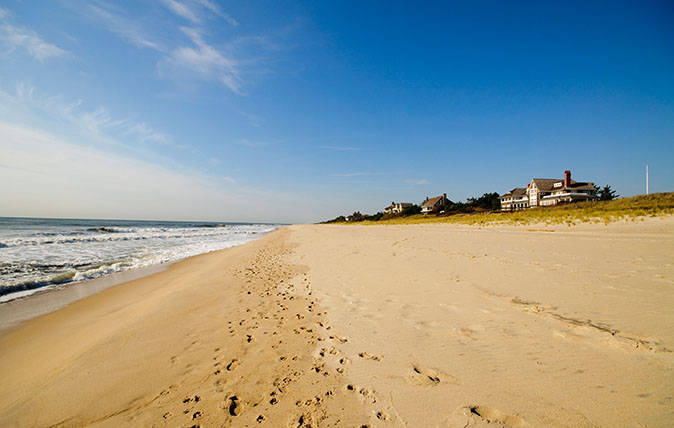
Even if prices have peaked, Hamptons property has historically been the ‘certain growth play’ in investment portfolios, says William ‘J. R.’ Kuneth of Halstead Real Estate. ‘There are signs of things moving towards a buyers’ market.’ For anyone wanting to take advantage, he recommends the Amagansett Lanes area of East Hampton, where a half-acre plot has soared in value by 50% in the past 10 years.
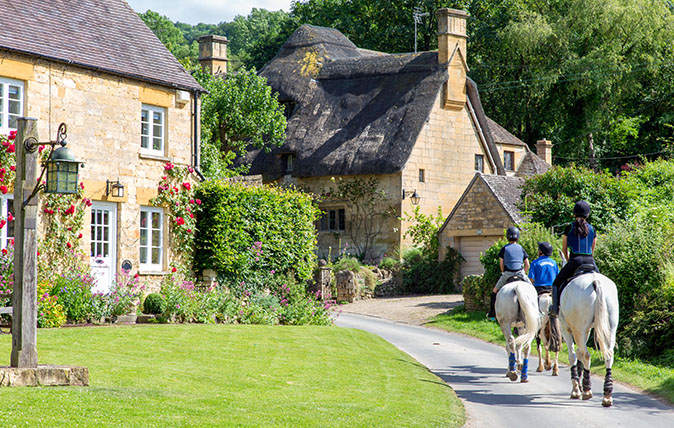
Sporting life: The best spots in the Cotswolds to enjoy country pursuits
From sailing to shooting, Holly Kirkwood explains why the Cotswolds is such a Mecca for country sporting enthusiasts.
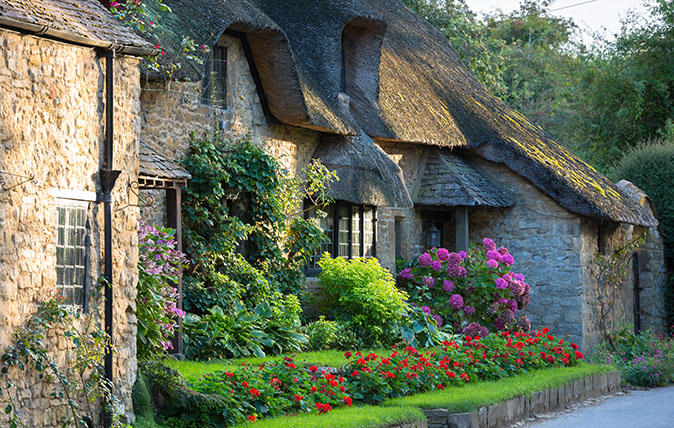
Credit: Alamy Stock Photo
The rise of the ‘super cottage’: Underfloor heating, dining table for 12 and claw-foot baths in the bedroom
Creaking country piles with drafty corridors and leaky roofs are increasingly a thing of the past - today's homes in
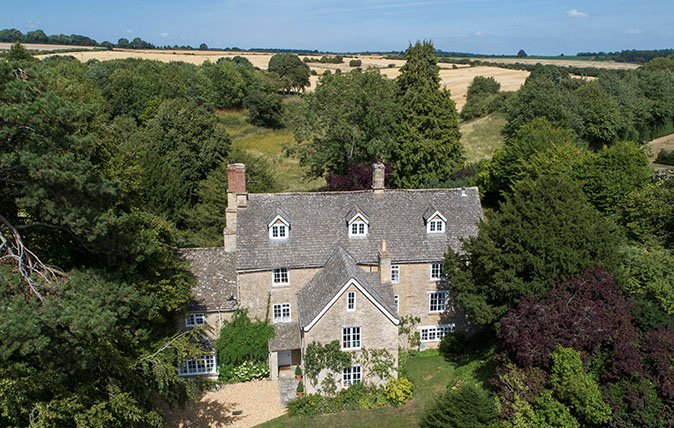
Credit: Butler Sherborn
Stunning riverside family home set in the heart of the Cotswold AONB
Fawler Manor is looking for new owners after serving as a beloved family home for over a quarter of a
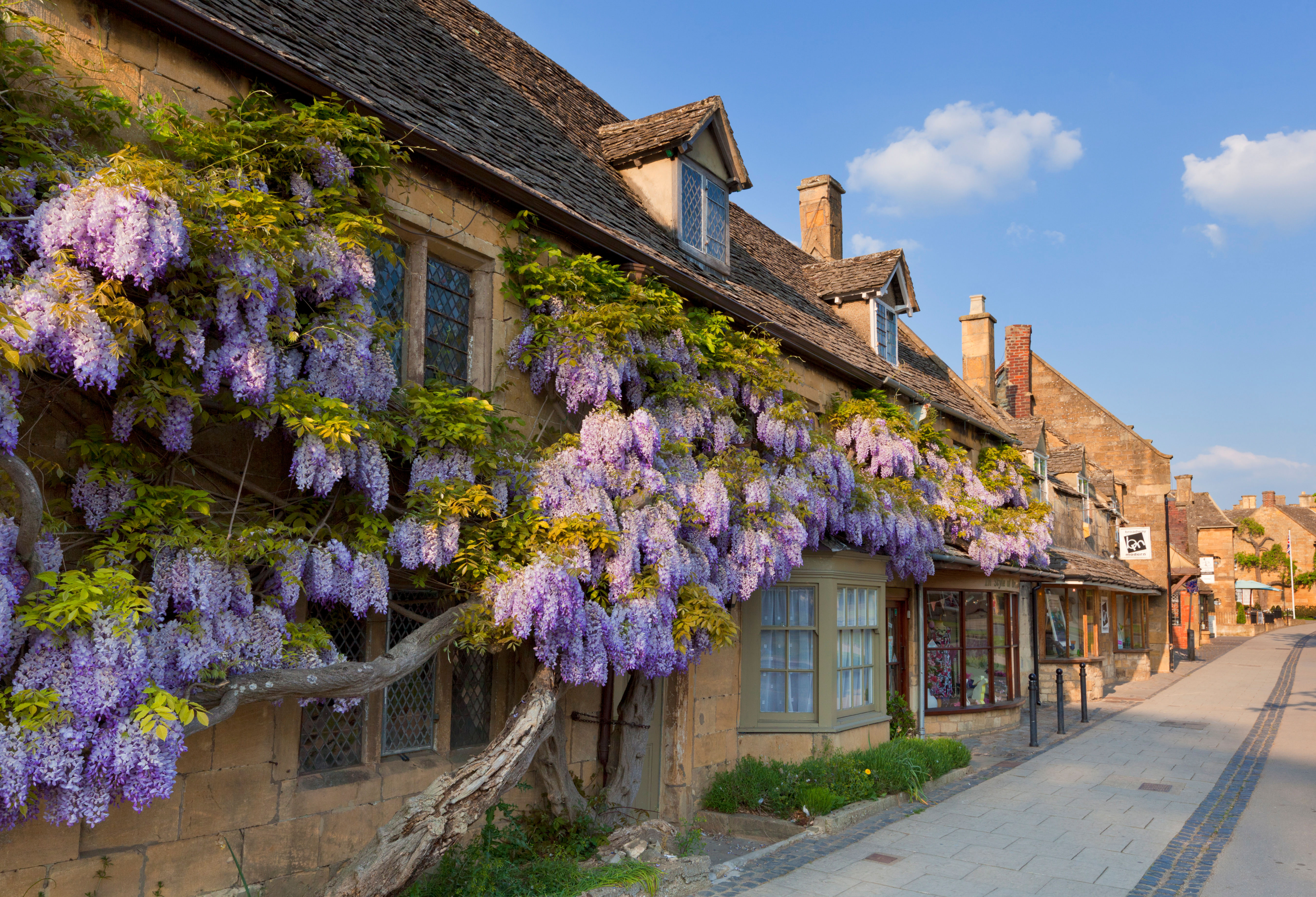
Where to live in the Cotswolds: A guide to choosing the perfect spot
Where in the Cotswolds should you move to? The answer will depend on what is more important to you and

